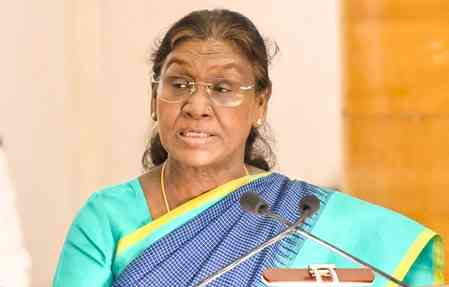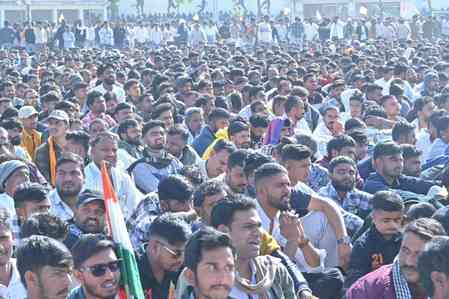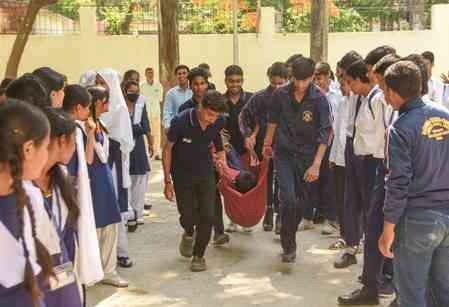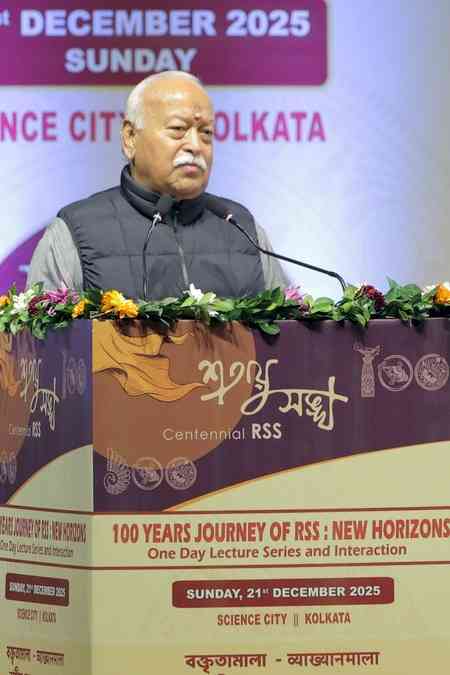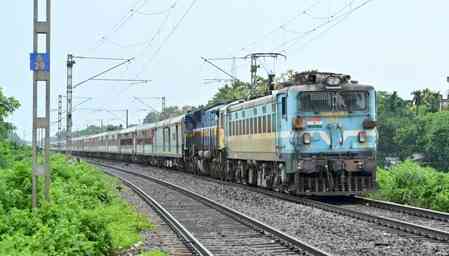78% spike in greenhouse gas emissions in Gujarat; Ahmedabad to get hotter
Climate change is going to have a serious impact on the urban areas, hot days will increase, while rainfall will amplify in Gujarat. To address these issues, municipal corporations need to increase forestation in cities like Ahmedabad, Rajkot and Surat, while chemical usage also needs to be controlled, according to a report.
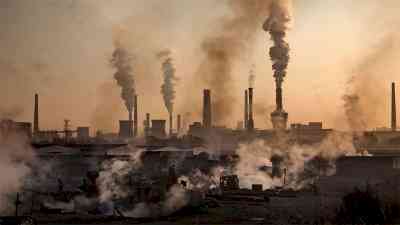
HARESH JHALA
Ahmedabad, Nov 12 (IANS) Climate change is going to have a serious impact on the urban areas, hot days will increase, while rainfall will amplify in Gujarat. To address these issues, municipal corporations need to increase forestation in cities like Ahmedabad, Rajkot and Surat, while chemical usage also needs to be controlled, according to a report.
The Gujarat government in association with Vasudha Foundation and other agencies has prepared a climate change action plan for Ahmedabad and Rajkot districts, as per the reporst released earlier this year.
As per the findings of the report, "Greenhouse gas emissions have increased by 78 per cent since 2005, energy sector emissions have increased by 71.32 per cent, while there is 7.06 per cent increase in water sector emissions. If business continues as usual, by 2030, emissions are likely to grow by 96 per cent."
The main author of the action plan report, Rini Dutt, and others have noted that due to the impact of climate change, rainfall is likely to increase by 8 to 17 per cent in Ahmedabad, and by 10 to 12 per cent in Rajkot. There will be more rainy days in July and August in Ahmedabad and Rajkot.
Both cities will be hotter in the coming years, according to the study. Warm days have gone up by 10 per cent in recent years in Rajkot and by 8 to 10 per cent in Ahmedabad.
Dutt and Manjusha Mukherjee's forecast is that warm days will increase by 45 per cent in Ahmedabad and by 53 per cent in Rajkot in the coming years. Cold days will decrease in both the cities.
As many as 84 per cent of the population in Ahmedabad district is living in urban areas, which is 4 per cent of the state. Because of this, there is a drastic jump in built up area, from 140 sq km in 1990 to 212 sq km in 2017. The sprawling urban area is eating agriculture and forest land.
Because of climate change, rainy days in Ahmedabad will increase in July and August, while summer is going to be more hot. In 2030, the maximum temperature is likely to be 41.8-degree C in May, 40.2-degree C in April, and 36.8-degree C in March, on an average.
Ahmedabad district has 1.62 per cent forest area and experts have recommended that the district needs to increase its forest cover to 7 per cent over the next decade, which will help avoide carbon emissions to the tune of 8.47 million tonnes.
To meet the climate challenges, the district administrations and municipal corporations in Ahmedabad/Rajkot need to reuse 100 per cent domestic waste water after proper treatment in urban as well as rural areas.
Experts have suggested changing water treatment methodology from anaerobics to only aerobics Sewage Treatment Plants (STPs).
The report also suggested to move towards vertical urban growth, as it will accomodate more people per sq mt, and at the same time avert loss of agricultural land and open space.


 IANS
IANS 
